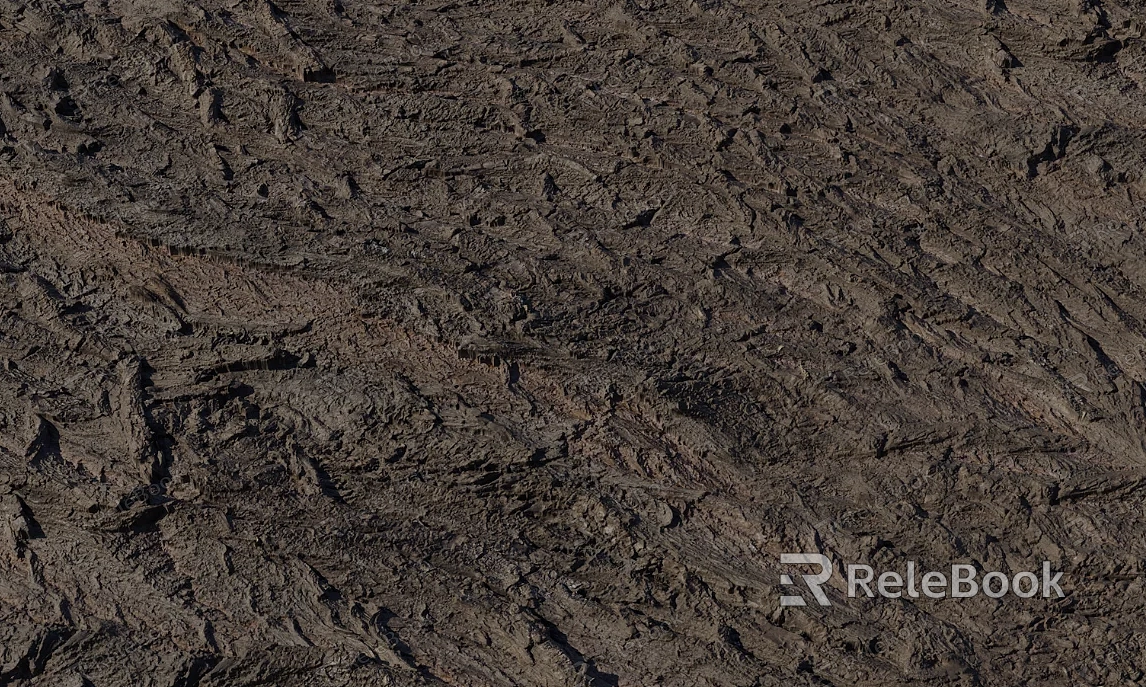how to paint wood texture?
How to paint wood texture? creating a convincing wood texture is a skill that enhances both traditional and digital artworks. Whether you're working on a canvas or a digital platform, this step-by-step guide will walk you through the techniques to paint a realistic wood texture. Discover the nuances of wood grain, color variations, and detailing that bring your art to life.If you need it, I recommend downloading 3D textures from Relebook. There is no better choice than this.
1. Understanding Wood Grain:
Before diving into the painting process, take the time to study and understand the direction of wood grain. Observe how the grain lines flow and curve, as this will be crucial in capturing the authentic look of wood in your artwork.

2. Choosing the Right Colors:
Select a color palette that reflects the type of wood you want to portray. Woods can range from warm tones like oak to cooler tones like mahogany. Pay attention to the subtle variations in color that occur naturally in wood, and mix your paints accordingly.
3. Creating a Base Layer:
Start by applying a base layer of paint onto your canvas or digital workspace. This layer serves as the foundation for the wood texture. Choose a mid-tone color that represents the overall hue of the wood you're depicting.
4. Adding Wood Grain:
Using a fine brush or digital pen, begin adding the wood grain. Follow the observed direction of the grain, allowing the lines to flow naturally. Vary the pressure on your brush to create thicker and thinner lines, mimicking the organic irregularities found in wood.
5. Embracing Knots and Imperfections:
Incorporate knots and imperfections into your wood texture for added realism. These can be achieved by painting darker areas with irregular shapes. Remember that imperfections contribute to the character of the wood.
6. Utilizing Layering Techniques:
To enhance depth, use layering techniques. Apply darker shades in the crevices and recessed areas, while using lighter tones on the raised portions. This technique adds a three-dimensional quality to your wood texture.
7. Highlights and Shadows:
Highlighting and shading are essential for realism. Identify a primary light source in your artwork and add highlights where the light hits the wood. Similarly, apply shadows where there is less light, creating depth and dimension.
8. Refining Details:
Zoom in on your artwork to refine details. Add fine lines for smaller wood grains and use a smaller brush or pen for intricate detailing. Pay attention to the transitions between colors, ensuring a smooth and natural progression.
9. Experimenting with Texture Tools (Digital Art):
For digital artists, experiment with texture brushes and tools to simulate the tactile feel of wood. Utilize brushes that mimic the roughness of wood grain, adding an extra layer of authenticity to your digital painting.
10. Stepping Back and Evaluating:
Periodically step back from your work to evaluate the overall effect. This helps identify areas that may need adjustments and ensures that the wood texture remains cohesive and visually appealing.
Painting wood texture is a rewarding endeavor that adds depth and character to your artworks. Whether you're using traditional techniques or digital tools, mastering the art of wood texture involves attention to detail, color, and understanding the unique characteristics of different wood types. Embrace the process, refine your skills, and watch as your creations come to life with the warmth and authenticity of beautifully rendered wood textures.

